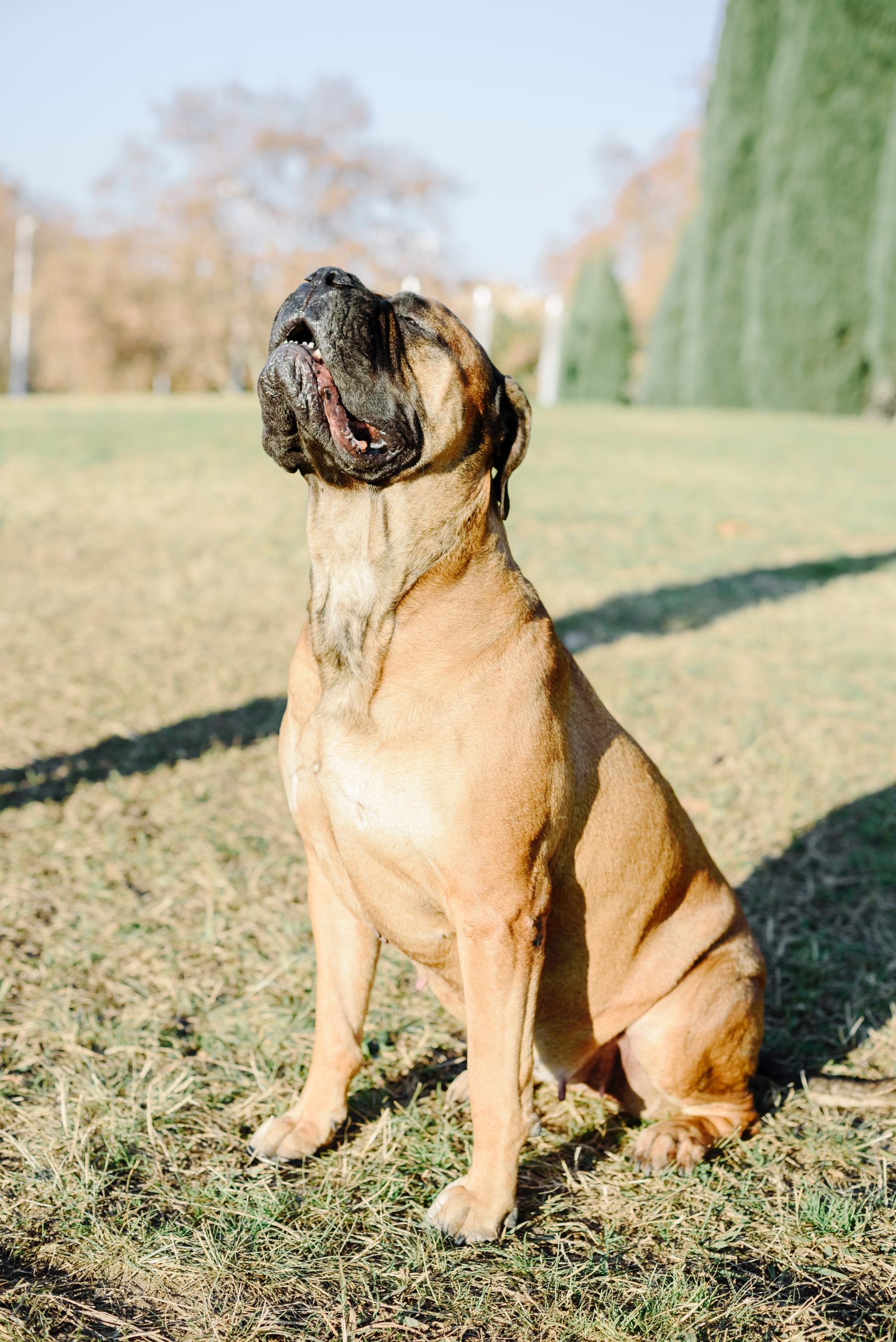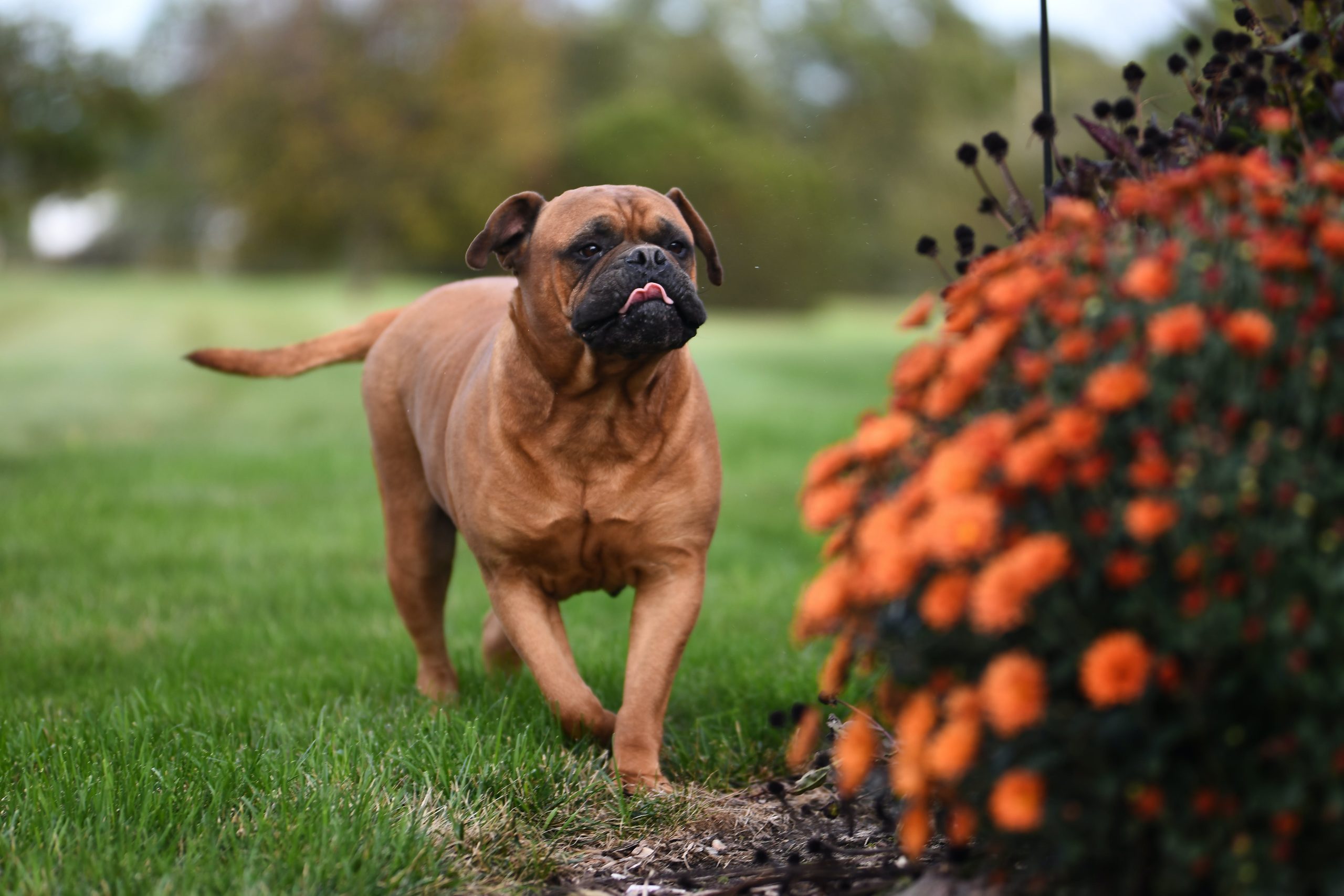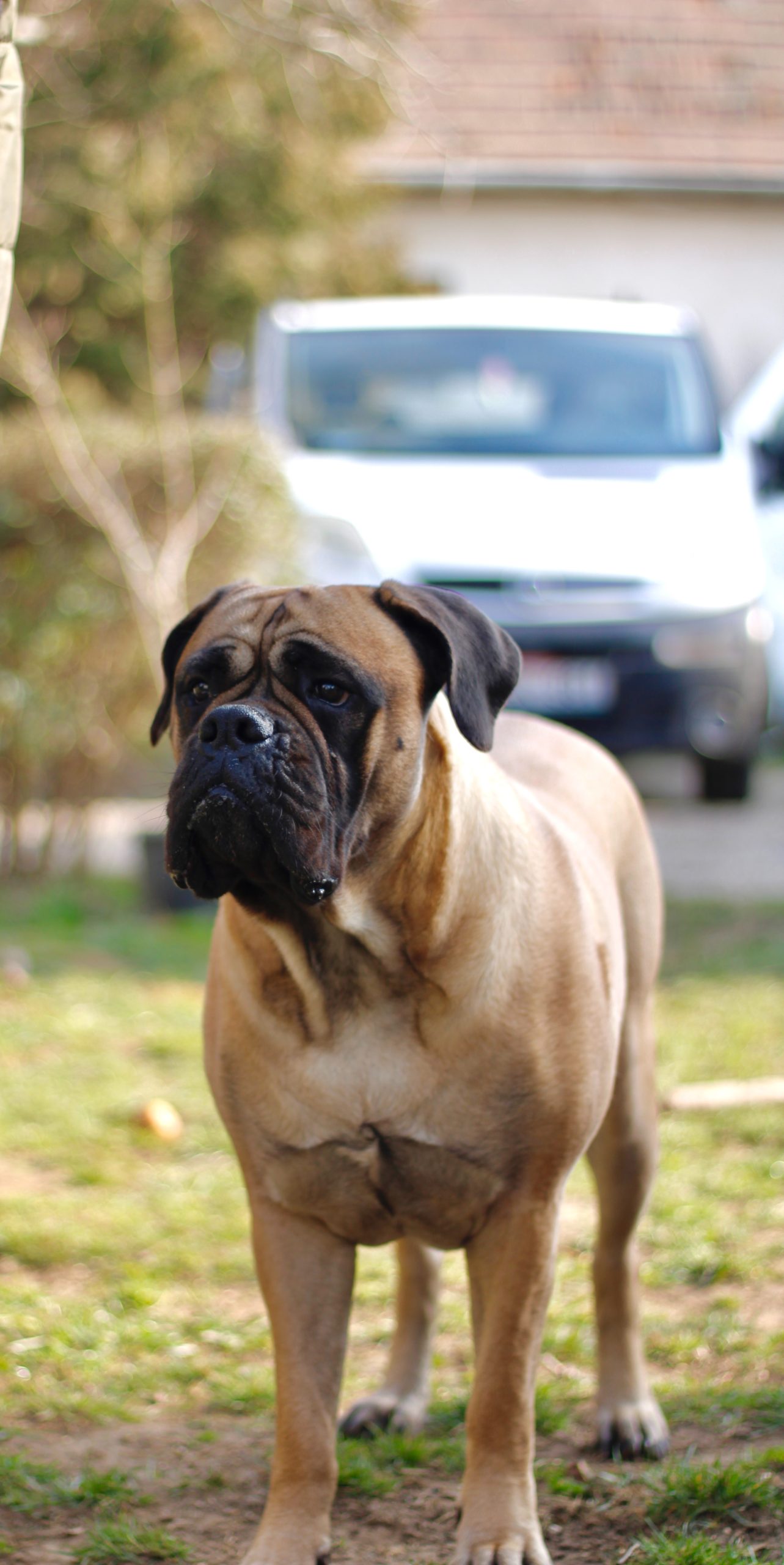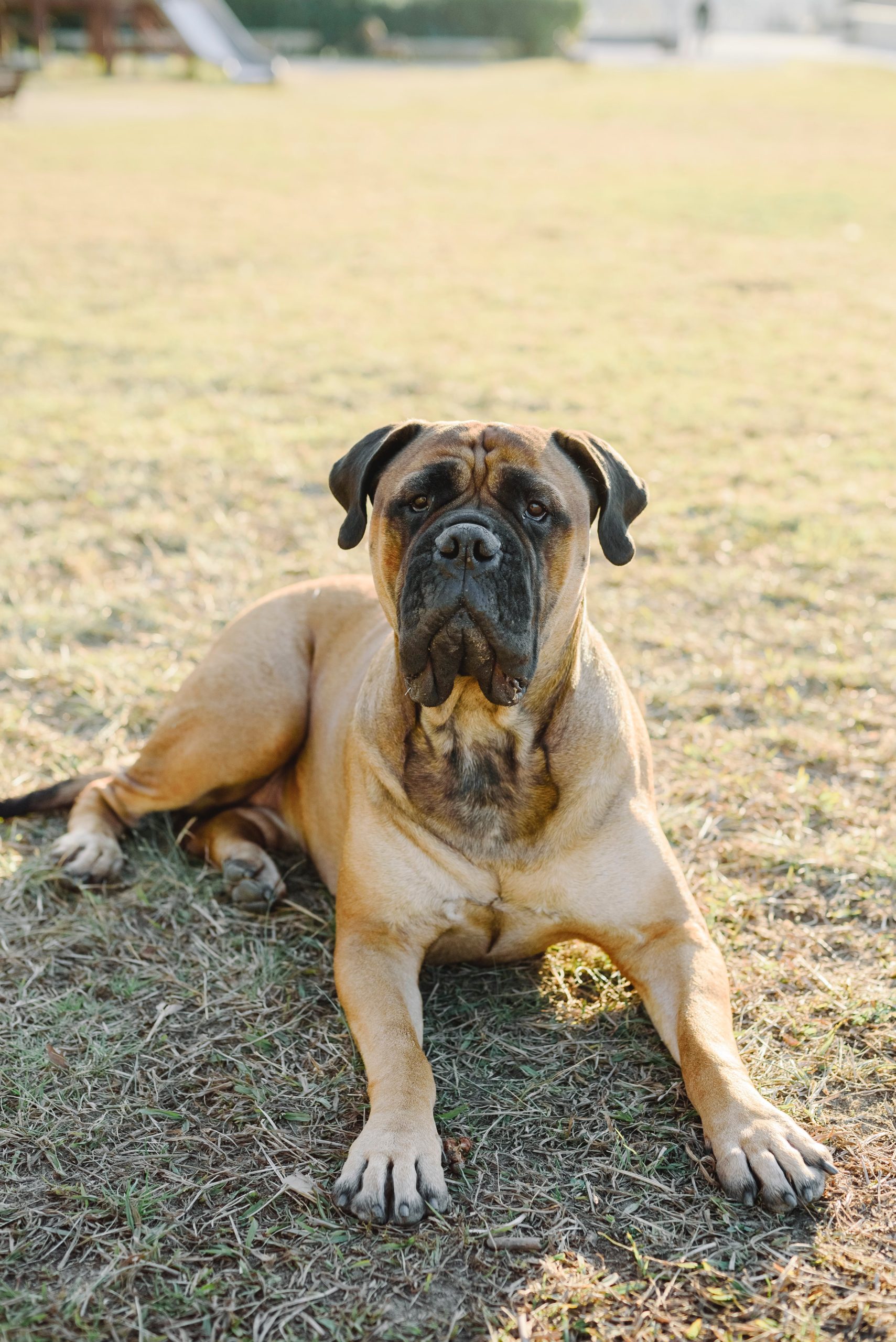The Bullmastiff: A Complete Guide to History, Care, and Training
An overview of the Bullmastiff breed, including its historical development as a guard dog, physical characteristics, temperament, training and socialization needs, care and grooming requirements, and common health concerns.
Bullmastiff Breed: A Historical Overview
The Bullmastiff breed has a rich and intriguing history that dates back to 19th century England. During this time, gamekeepers sought to create a dog that could effectively guard estates and capture poachers, leading to the intentional crossbreeding of Bulldogs and Mastiffs. The result was a large and powerful dog with a keen sense of observation and a protective nature. This selective breeding process not only enhanced the breed’s physical attributes but also cultivated the desired temperament for their role as guardians.
The recognition of the Bullmastiff by prestigious kennel clubs such as The Kennel Club and the American Kennel Club underscores the breed’s significance and unique characteristics. The formal acknowledgment of the Bullmastiff by these renowned organizations further validates its historical importance and contributes to its status as a distinguished and valued breed within the canine community.
Physical Characteristics and Size
The Bullmastiff breed has a fascinating history, as it was developed in the 19th century as a guard dog by British gamekeepers. It was created by crossing Bulldogs and Mastiffs, resulting in a large, muscular dog with a distinctive appearance. The breed’s recognition by kennel clubs such as The Kennel Club and the American Kennel Club solidifies its status as a well-established and esteemed breed.
When it comes to their physical characteristics, Bullmastiffs are known for their imposing appearance, characterized by a broad, wrinkled head and a short, square muzzle. This distinct head shape, coupled with their strong and muscular build, highlights their role as a guard dog. Additionally, their size is noteworthy, with males typically standing at 61-66 cm at the withers and weighing between 50-59 kg. This substantial stature contributes to their commanding presence and serves as a testament to their historical role as protectors of estates [2].
In fact, the Bullmastiff’s physical characteristics and size are a testament to their historical purpose as powerful guardians. Their appearance and build are a reflection of their capacity to deter intruders and protect their territory. This historical context adds depth to the understanding of the breed’s physical attributes, showcasing their evolution from a crossbreed developed for a specific function to a beloved and recognizable dog breed today.
Temperament and Personality Traits
The Bullmastiff breed has a fascinating history that contributes to its unique temperament and personality traits. Developed in the 19th century as a guard dog, the Bullmastiff’s protective instincts are deeply ingrained in its nature. For example, British gamekeepers bred the Bullmastiff from Bulldog and Mastiff crosses to create a formidable guardian for country estates.
In addition to their protective nature, Bullmastiffs are known for their gentle and affectionate demeanor towards their human family members. Their loyalty and devotion to their loved ones are unparalleled, making them outstanding companions. For instance, they often form strong bonds with their family members and are particularly patient and gentle with well-behaved children.
Furthermore, their innate sense of responsibility towards their family and property is a defining trait of the Bullmastiff breed. This characteristic reflects the breed’s history as a guard dog, where they were entrusted with the crucial task of protecting estates from poachers. This sense of duty and loyalty is deeply rooted in their temperament and shapes their behavior as loving yet vigilant companions. Therefore, it is essential for Bullmastiffs to receive early socialization and consistent training to ensure that their protective instincts are appropriately managed and directed.
Training and Socialization
Training and socialization play a critical role in the development of Bullmastiffs due to their protective instincts. The breed’s innate sense of responsibility towards its family and property requires early and consistent training to ensure that it is well-behaved and adaptable in various situations. For example, early socialization can help Bullmastiffs become more comfortable and confident around other animals and strangers, reducing the likelihood of aggressive behavior in unfamiliar circumstances.
Furthermore, effective training can aid in channeling the Bullmastiff’s natural guarding tendencies positively. For instance, with proper guidance, these dogs can exhibit controlled and discerning protective behaviors, making them excellent watchdogs while maintaining a gentle and patient demeanor with family members and well-behaved children. Consistent socialization efforts can also contribute to the breed’s ability to interact positively with other dogs and pets, fostering harmonious coexistence in multi-pet households or public spaces. Therefore, a combination of early socialization and ongoing training is vital to shape the Bullmastiff’s temperament and behavior, ensuring that it aligns with the breed’s loyal, affectionate, and protective nature.
Care and Grooming
When it comes to caring for Bullmastiffs, their moderate grooming needs are an essential consideration for potential owners. Their short, dense coat requires regular brushing to minimize shedding and keep their skin and coat healthy. This grooming routine not only promotes their physical well-being but also provides an opportunity for bonding between the dog and its owner. Additionally, regular nail trims, ear cleaning, and dental care are crucial aspects of grooming to ensure their overall health and comfort.
In terms of exercise, Bullmastiffs benefit from regular but moderate physical activity. Daily walks and playtime in a spacious, secure area are important to keep them mentally and physically stimulated. Engaging in activities such as obedience training, interactive toys, and puzzle games can provide the mental enrichment that this intelligent breed thrives on. Furthermore, incorporating training sessions into their exercise routine not only helps in maintaining their physical fitness but also nurtures their obedience and strengthens the bond between the dog and its owner. Meeting their exercise and mental stimulation needs is paramount for their well-being and happiness in a domestic setting.
Overall, the care and grooming requirements for Bullmastiffs encompass a holistic approach that involves regular grooming practices for their coat and overall hygiene, alongside fulfilling their exercise and mental stimulation needs to ensure they lead healthy and content lives as cherished members of the family [2].
Health and Lifespan
The Bullmastiff breed is susceptible to several common health issues that owners should be aware of. These include hip and elbow dysplasia, which are developmental conditions affecting the joints, as well as progressive retinal atrophy, a degenerative eye disease [3, 4]. Additionally, Bullmastiffs are at risk for bloat, a serious condition where the stomach fills with gas, potentially leading to a twisting of the stomach, which is life-threatening if not treated promptly. Another health concern for Bullmastiffs is cancer, which can affect various parts of their body and is a leading cause of mortality in the breed.
In terms of their lifespan, Bullmastiffs generally live for an average of 8-12 years, with a median age of around 7.5 years. However, it’s important to note that individual dogs may have different lifespans based on factors such as genetics, diet, exercise, and overall healthcare. By understanding the breed’s common health issues and proactively addressing them through regular veterinary check-ups, appropriate diet, and exercise, owners can help ensure their Bullmastiffs live a healthy and fulfilling life.
Conclusion
The Bullmastiff breed has a fascinating historical background, originating in the 19th century as a guard dog bred from Bulldog and Mastiff crosses. Initially developed by British gamekeepers to protect country estates from poachers, the breed’s recognition by prestigious kennel clubs such as The Kennel Club and the American Kennel Club solidifies its status as a distinguished and reputable breed.
In terms of physical characteristics, the Bullmastiff is known for its large size, with males standing at 61-66 cm at the withers and weighing 50-59 kg. Additionally, its broad, wrinkled head and short, square muzzle contribute to its imposing and regal appearance, making the breed an impressive sight to behold [2, 3].
When it comes to temperament and personality traits, the Bullmastiff displays a unique blend of gentleness, affection, and protectiveness. They are inherently gentle and loyal towards family members, while also possessing a strong sense of responsibility towards their family and property. This combination makes them outstanding companions for families, as they are patient and affectionate with well-behaved children, yet vigilant and protective when the need arises [2, 4].
In summary, the Bullmastiff breed is a captivating and distinctive breed that requires careful consideration and responsible ownership. From its historical significance to its unique physical traits, temperament, care needs, and health considerations, the Bullmastiff embodies a remarkable blend of strength, loyalty, and gentleness. By providing the necessary training, care, and attention, Bullmastiff owners can ensure a fulfilling and harmonious relationship with this remarkable breed.




